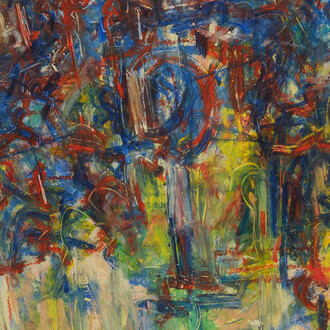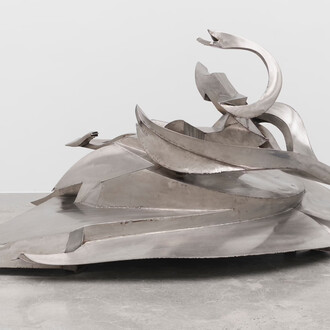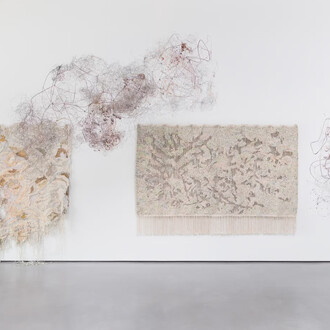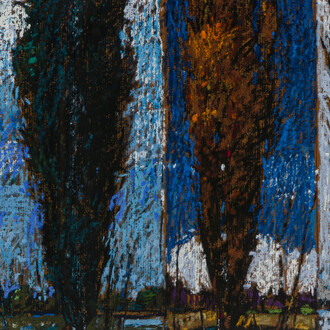This focused exhibition brings together nine remarkable works that delve into the intricate relationship between the burning of fossil fuels—particularly coal—and the rise of European modernism. By linking artistic innovation with the environmental conditions of the Industrial Age, the exhibition sheds light on how the visual atmosphere of modernity was literally shaped by the smoke and haze of industrial progress.
Drawing on the research of climate scientists and art historians, the show reconsiders familiar masterpieces through a new lens. Paintings and works on paper by Henri Matisse, Claude Monet, James McNeill Whistler, and others reveal how the environmental transformations of nineteenth-century London and Paris influenced shifts in perception, light, and form that defined modern art.
Through this dialogue between art and science, the exhibition invites viewers to reflect on how the same forces that fueled artistic revolutions also signaled the beginnings of the climate crisis. By tracing these connections, it encourages a deeper understanding of modernism not only as a cultural movement but also as a response to—and a record of—industrial change.












